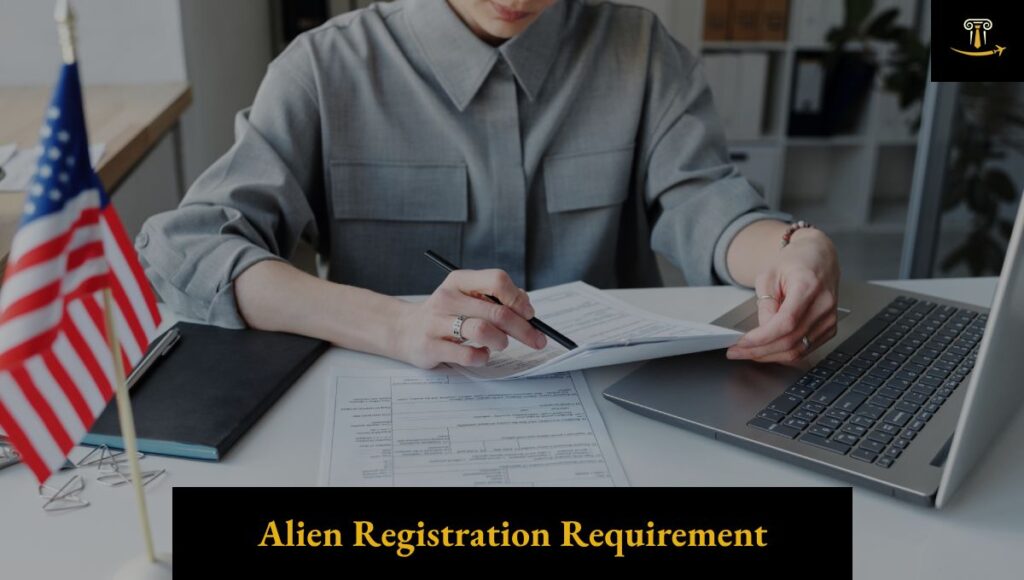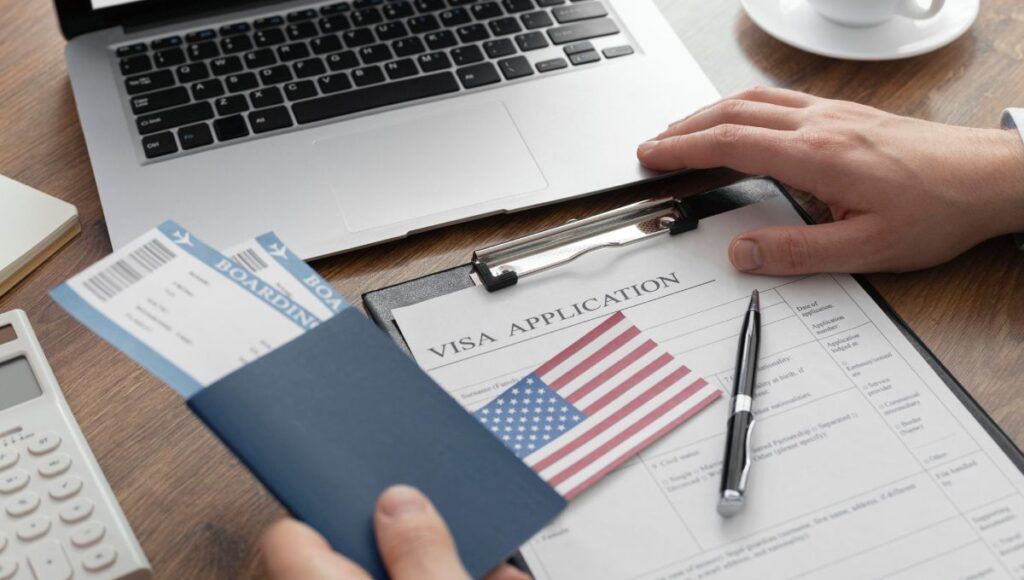Introduction
For foreign nationals on H‑1B visas pursuing U.S. permanent residency, the transition to a green card has become increasingly complex and prolonged. The process—once viewed as a linear progression—is now defined by lengthy wait times, per-country quotas, and limited visa availability. These constraints have created severe bottlenecks, especially for highly skilled applicants from India and China, resulting in delays that may span decades.
Understanding Employment-Based Green Card Categories
U.S. employment-based immigration is governed by five preference categories:
- EB‑1: Priority workers (extraordinary ability, outstanding researchers, and multinational executives)
- EB‑2: Advanced degree professionals or those with exceptional ability
- EB‑3: Skilled workers and professionals
- EB‑4: Special immigrants (e.g., religious workers)
- EB‑5: Immigrant investors
Each petition is assigned a priority date, which establishes the applicant’s place in the visa queue. A green card can only be issued once the priority date becomes “current” under the monthly Visa Bulletin issued by the U.S. Department of State.
Current Priority Date Backlogs (Visa Bulletin – July 2025)
| Category | India | China | Rest of the World (ROW) |
| EB‑1 | Feb 15, 2022 | Nov 8, 2022 | Current |
| EB‑2 | Jan 1, 2013 | Dec 1, 2020 | Oct 15, 2023 |
| EB‑3 Professionals | Apr 15, 2013 | Nov 1, 2020 | Jan 1, 2023 |
| EB‑3 Other Workers | Apr 15, 2013 | Apr 1, 2017 | Jul 21, 2021 (est.) |
| EB‑5 (Unreserved) | May 1, 2019 | Jan 22, 2014 | Current |
Estimated Green Card Wait Times
India
Applicants from India in the EB‑2 and EB‑3 categories are facing wait times exceeding 12 to 15 years, with some estimates placing the backlog as high as 70 years depending on filing priority dates and visa recapture legislation outcomes.
China
Chinese nationals generally experience shorter delays than Indian applicants but still face significant wait times—typically 6 to 8 years for EB‑2 and EB‑3.
Rest of the World (ROW)
Applicants from all other countries generally see their applications processed within 1 to 2 years, assuming timely PERM and I‑140 approvals, as most categories remain current.
Impact on H‑1B Visa Holders
1. Extensions Under AC21
The American Competitiveness in the 21st Century Act (AC21) allows H‑1B workers to extend status in one-year or three-year increments beyond the six-year cap, provided they have an approved I‑140 and uncurrent priority date. However, these extensions are not guaranteed and require timely filings.
2. Career and Family Instability
Years-long delays in green card processing create instability in employment, travel restrictions, and uncertainty for H‑4 dependents—particularly spouses relying on H‑4 EADs.
3. Employer Challenges
Talent retention is jeopardized as skilled professionals leave the U.S. or transition to countries with more predictable immigration pathways, such as Canada or the U.K.
Navigational Options for H‑1B Holders
| Strategy | Benefit |
| Apply under EB‑1 or National Interest Waiver (NIW) | Bypass oversubscribed EB‑2/EB‑3 backlogs |
| Maintain timely PERM and I‑140 filings | Secure AC21 extensions and long-term work status |
| Track Visa Bulletin monthly | Anticipate green card eligibility and prepare early |
| Explore family-based or alternative pathways | Reduce reliance on employment-based queues |
Policy Reform Proposals (Pending Legislation)
- Elimination of per-country caps (e.g., Fairness for High-Skilled Immigrants Act)
- Recapture of unused visas from previous years
- Increase in EB visa numbers across all categories
- Automatic EAD extensions for green card applicants in backlogs
While bipartisan support exists for these reforms, no major immigration legislation has been enacted as of mid-2025.
Immigration Fleet Law Firm Recommendation
Navigating the transition from H‑1B to green card status—particularly for nationals facing long backlogs—demands legal precision, strategic timing, and ongoing status maintenance. Immigration Fleet, a leading U.S. immigration law firm, offers tailored support to both individuals and corporate sponsors managing this intricate process.
Why Clients Choose Immigration Fleet
Specialization in Employment-Based Immigration
Attorneys at Immigration Fleet focus on H‑1B, EB‑1, EB‑2, EB‑3, and AC21 extensions, ensuring compliance with USCIS standards and Department of Labor protocols.
Priority Date and Category Strategy
Their legal team evaluates client eligibility for EB‑1 or NIW, enabling qualified individuals to sidestep decade-long queues under EB‑2/EB‑3.
Compliance-Driven I‑140 & PERM Filing
Immigration Fleet ensures timely and accurate filings to preserve lawful H‑1B extensions and maximize long-term visa eligibility.
End-to-End Support for Families
The firm also manages dependent applications, EAD renewals, and adjustment filings for H‑4 visa holders, preserving family unity throughout the green card process.
Transparent Legal Representation
With clear communication, flat-fee structures, and up-to-date advisories on policy changes, clients are empowered throughout the process.
Conclusion
The path from H‑1B status to a U.S. green card, while essential for long-term residence and security, remains fraught with obstacles—especially for Indian and Chinese nationals. Excessive backlogs, unpredictable policy shifts, and legal complexity require not only vigilance but expert legal support.
By exploring alternate categories like EB‑1 and NIW, securing AC21 extensions, and working with experienced immigration counsel like Immigration Fleet, both employees and employers can strategically navigate the process and protect their immigration future.





